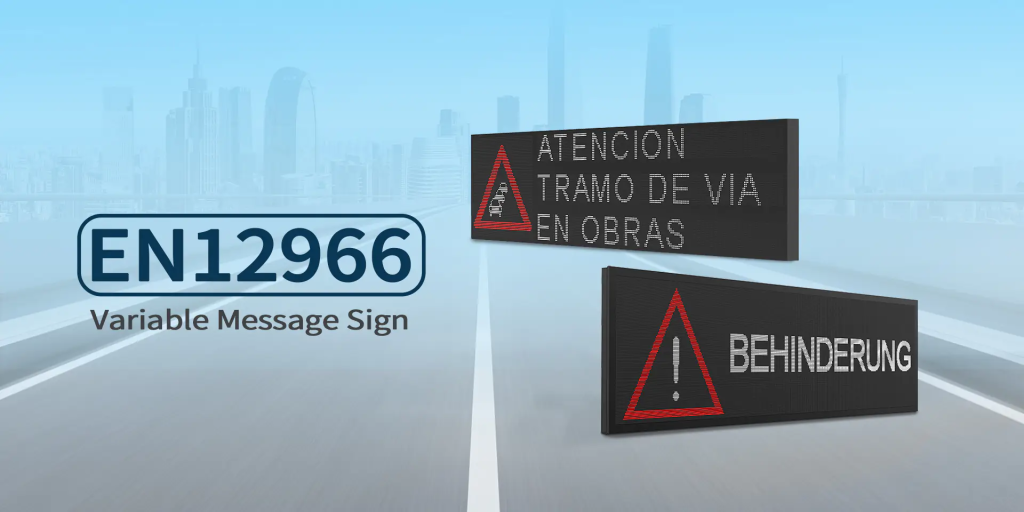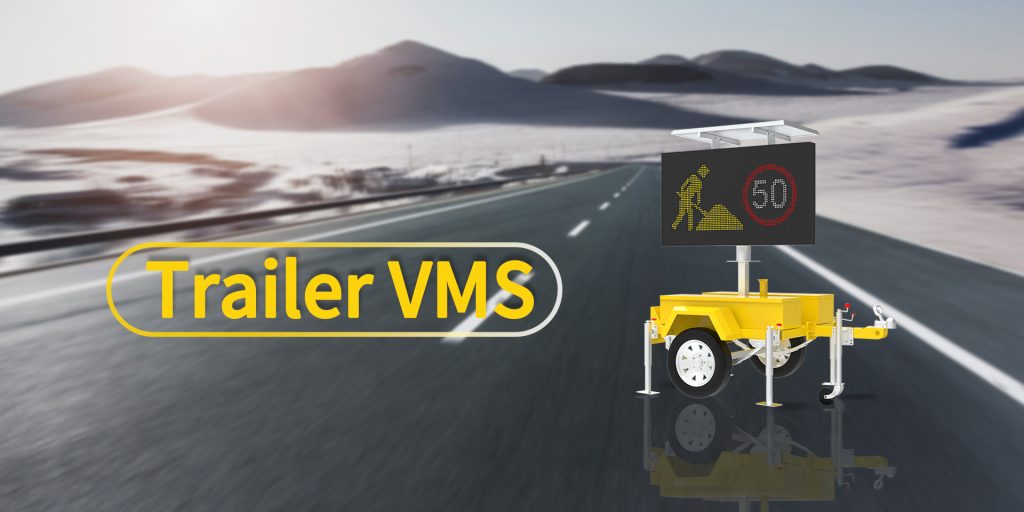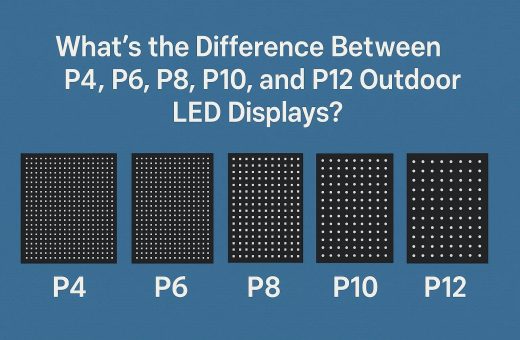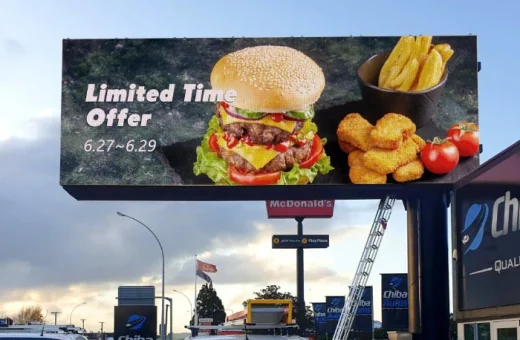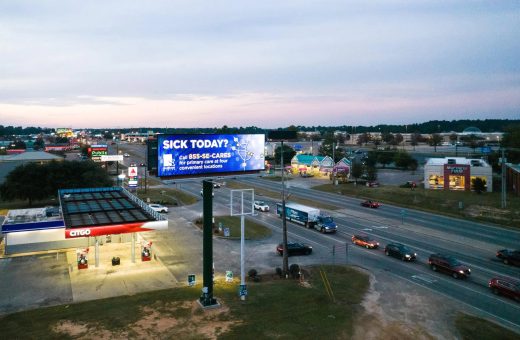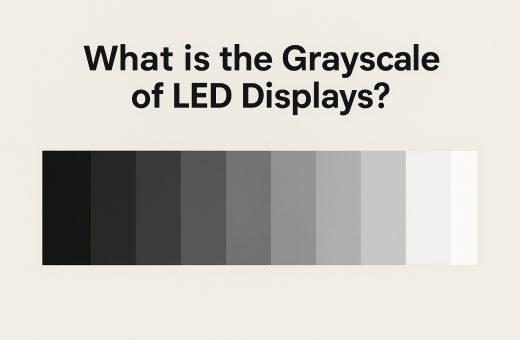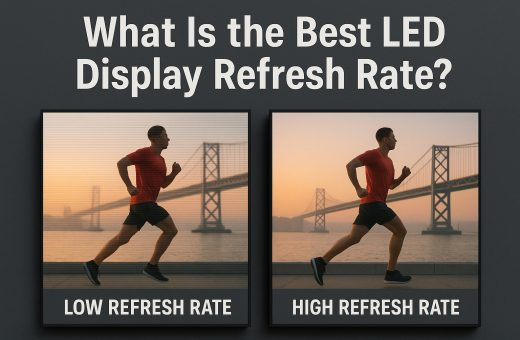Table of Contents
Full Matrix Signs
Full matrix signs are among the most advanced and versatile types of VMS. They consist of a matrix of LED elements that can display text, graphics, symbols, and even animations. These dynamic message signs offer the flexibility to convey a wide range of information, from traffic conditions to safety messages.
Here are some common applications of Full Matrix Signs:
1. Traffic Congestion Alerts: Full Matrix Signs can display real-time traffic congestion information, allowing drivers to make informed decisions and choose alternative routes.
2. Incident Management: In the event of accidents, road closures, or hazardous conditions, Full Matrix Signs can provide essential information to guide drivers away from the affected area.
3. Weather Warnings: The variable message board can display weather-related alerts, such as warnings about icy roads or heavy rain, helping drivers adjust their driving behavior accordingly.
4. Emergency Information: Full Matrix Signs can quickly display emergency messages, such as AMBER alerts or evacuation instructions during emergencies.
Text-Based Signs
Text-based signs are simpler versions of VMS sign board that primarily display textual information. While they may not have the graphic capabilities of Full Matrix Signs, they are effective in conveying important messages to drivers. Some applications of Text-Based Signs include:
1. Speed Limits: Text-Based Signs can display variable speed limits based on real-time traffic conditions or weather.
2. Lane Management: These vms road signs can indicate lane closures or lane changes due to construction or maintenance activities.
3. Travel Time Information: Text-Based Signs can provide estimated travel times to specific destinations, helping drivers plan their routes.
Color Variable Message Signs
Color Variable Message Signs take VMS to the next level by incorporating color elements. This enhances the visibility and impact of the displayed information. Some applications of Color Variable Message Signs include:
1. Lane Control: These variable message display can dynamically display lane-specific information, such as reversible lanes or HOV lane availability.
2. Emergency Alerts: Color Variable Message Signs can use color-coding to convey the urgency of emergency alerts or warnings.
3. Toll Information: In toll road systems, these variable message sign vms can display variable toll rates based on traffic conditions.
Portable Variable Message Signs
Portable Variable Message Signs offer the advantage of mobility and flexibility. They are commonly used in temporary traffic management situations. Here are some scenarios where Portable VMS is employed:
1. Construction Zones: These variable message sign boards can inform drivers about upcoming roadwork, lane closures, or detours in construction zones.
2. Special Events: Portable VMS can provide event-specific information, such as parking directions or event schedules.
3. Traffic Control: During accidents or traffic incidents, Portable VMS can be quickly deployed to direct traffic away from the affected area.
Overhead Variable Message Signs
Overhead Variable Message Signs are typically mounted on gantries or structures above the roadway. They offer clear visibility to drivers from a distance and are often used on highways and expressways. Some applications of Overhead Variable Message Signs include:
1. Traffic Information: Overhead signs can display real-time traffic information, including congestion ahead or upcoming road closures.
2. Exit Information: These led variable message signs provide advance notice of upcoming exits and services available at each exit.
3. Safety Messages: Overhead Variable Message Signs can display safety messages, such as reminders to wear seatbelts or not to text while driving.
Dynamic Lane Signs
Dynamic Lane Signs are specialized VMS used to manage lane-specific information. They are crucial in dynamic traffic management and help optimize lane usage. Some applications of Dynamic Lane Signs include:
1. Managed Lanes: These vms message boards guide drivers in managed lanes, such as HOV lanes or express lanes, by indicating when the lanes are open or closed.
2. Lane Direction: Dynamic Lane Signs can indicate lane direction changes, such as reversible lanes during peak traffic hours.
3. Exit Guidance: These portable variable message signs can provide lane-specific guidance for upcoming exits, ensuring smoother lane changes and exits.
Addressing Common Questions
How Are Variable Message Signs Controlled?
Variable Message Signs are typically controlled through a centralized traffic management system . This system allows operators to update and schedule messages remotely based on real-time data and events.
Are Variable Message Signs Effective?
Yes, Variable Message Signs have been shown to be effective in improving traffic flow, reducing congestion, and enhancing road safety. They provide real-time information to drivers, enabling them to make informed decisions.
Conclusion
Variable Message Signs come in various types, each tailored to specific needs and applications. From Full Matrix Signs with advanced graphics to Portable Signs for temporary situations, these dynamic displays play a vital role in modern transportation systems. By providing real-time information to drivers, VMS board enhances traffic management, improve road safety, and contribute to smoother and more efficient journeys for road users.
If you want to learn more about our high-quality variable message signs , please feel free to get in touch with us!


